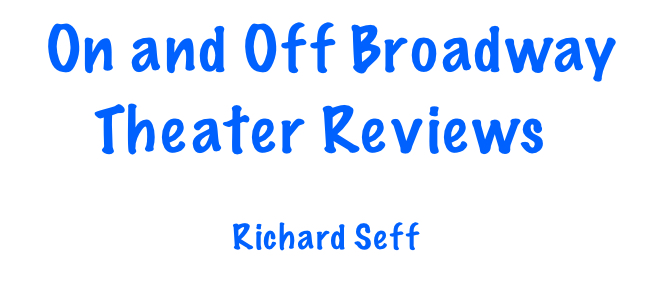I had worked with Director Peter Flynn a number of times, both as an actor and as author when he staged two workshop productions in New York of a musical to which I’d written the book. I’ve seen many other samplings of his inventive staging in several premieres and revivals in New York and in regional theaters all over the USA. But I’d never been to the highly regarded Olney Theatre Center in Olney, Maryland, and I was visiting friends in Virginia on November 10, so as it sounded nearby to my ignorant ears, I accepted Peter’s invite to see his latest project.

Occasionally out of town productions have minds of their own; and, in this case, the dreaded Covid came calling; the central character, Tevye, had to be replaced with Howard Kaye. In the case of the Rabbi, a supporting character, Sasha Olinick, would play the role. All previews were canceled, and now Saturday night November 11 would be the first performance, the Opening Night! As my Virginia hosts, non-show biz good friends, were included with me and my companion, I thought it best to offer our condolences to Peter and hope for better luck next time. But he sounded so disappointed that it only took a moment for us to agree to come, anyway. After all, the Olney Theatre is only about an hour and fifteen minutes from where we were in Virginia, so off we went on our 500 mile round trip from New York to see “Fiddler” fiddle on the roof. I only tell you all this because the evening became a NIGHT to REMEMBER!

The Olney Theatre is housed in a complex–a grand one that offers ballet, concert, classroom, education, food and drink. The theatre itself is housed just off the main central space in which literally hundreds find seats and settle to wait with us for the story to be told. Onstage the characters take seats in a reception room on Ellis Island, and from this intriguing prologue, which ends as the orchestra completes the overture, one of the characters rises and addresses us. The play begins.
We are immediately connected and involved when a fiddler emerges from the crowd as an observer who will affect us throughout our time together. Howard Kaye as Tevye rises from the crowd of recent immigrants being processed on Ellis Island to begin the tale of his home and of his experiences as father to five young daughters, three of whom will weave in and out of the story. The other recent arrivals to America become the young boys who will join them as suitors, his wife Golde, the town matchmaker–a force called Yenta, played by Cheryl Campo–and all the other inhabitants of the village.
Stein’s book uses source material from Sholem Aleichem, and he has created a compelling tale of villages like Anatevka which was home to its poor but hardworking Jews–all of whom were about to be deported, or simply destroyed. While played by a large cast of gifted actors of several ethnic and racial origins, the opening Peter Flynn has staged in the prologue navigates us to a shtetl in Russia. Traditions, family, home, and what makes a disparate group project the values that bond all who came before and all who will follow. Sheldon Harnick and Jerry Bock have composed a score with melody and lyrics that probe the heart and explore the complex emotions that are universal. When this giant of a musical first payed in Japan, Joseph Stein was asked if American audiences had related to it, because “it I so Japanese in its values.”
I had never seen the work of any of these actors. I can only tell you that the three suitors to three of Tevye’s daughters, the young actresses who played them, along with the lovely performance of Rachael Stern as their mother, Golde, were all remarkably accurate in creating a family of very real people. Papa Tevye was always present, and Mr. Kaye hit a home run moving with ease and creating magic with his musical numbers, bringing to them a very different kind of power for Tevye than original star Zero Mostel who was brilliant but achieved his goal with more comical tools.

Another major contributor to the dazzling success of this revival is choreographer Lorna Ventura.Throughout the evening her large cast is in constant motion and set pieces like the bottle dance set in a tavern is a truly stunning showstopper. I must also mention Christopher Joustra’s control of a wonderfully amplified orchestra hidden below us. From the opening strains of the Fiddler to the grand finale, I can’t recall a better performed score. In conclusion, this was a constantly surprising and glorious evening of musical theatre from the aptly named Golden age of Broadway.
